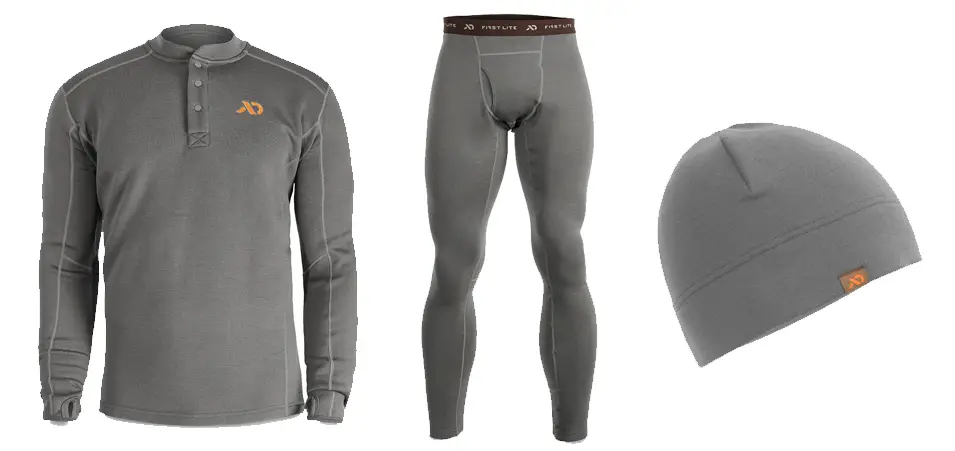If ever there was a deep and confusing quagmire in the world of hunting, it is waterfowl hunting marketing. You have conflicting, inaccurate, deceptive, and at times even illogical claims all trying to get your attention or get you to pay more. On this episode I help you cut through the clutter of all the marketing hype so you can make informed decisions about what you really should by and what is worth paying for.
Links mentioned in the show:
In this podcast episode I cover several of the big areas of waterfowl hunting marketing such as:
Waterfowl hunting ammunition – This may be the most deceptive and confusing marketing in all of the hunting world. But with a few pointers you can learn to identify what elements of the ammo have value and what is hype.
Waterfowl hunting shotguns – It seems like duck hunting shotguns are very specialized and expensive. But what really makes a gun a waterfowl gun? Surprisingly little. Learn to discern what matters and what doesn’t.
Hunting waders – I think waders are the single most disappointing part of the waterfowl industry. They are almost all bad. And by bad I mean they fail, come apart, are easily shredded to pieces, the seams fail, the boots are terrible, the insulation is cheaply only placed around part of the foot and they never seem to last more than a season or two. What is worse, they come packed with bells and whistles that raise the price but amount to nothing once the waders leak. But you can find good waders out there if you know what to look for and what to ignore.
Hunting clothing – The cost of hunting clothing can be through the roof. And while at times there seems no way to justify the price, the marketing is relatively truthful. There are reasons garments cost what they do. Some education can help you identify what matters to you and what is worth paying for your hunting style.
Layout and A-Frame blinds – The marketers want you to think that dropping a few hundred dollars on a new blind setup will make all the difference in the world. The truth is, sometimes they can help in some situations. But rarely is this your weakest link. Most hunters would be further ahead by spending this money on practice by shooting sporting clays.
Duck and goose calls – The sky is the limit on the cost and complexity of waterfowl calls, and every call promises to make the difference and bring ducks right to your feet. You do need calls. More than one is helpful. But knowing when to part with your money is critical. Most of the time a new call is not going to change much of anything, unless you know exactly what it will add to you, and only experience can judge that effectively. As mentioned in the show, here is the link Ryloh Game Calls.
Listen to the episode to find out how to navigate the duck hunting marketing!

